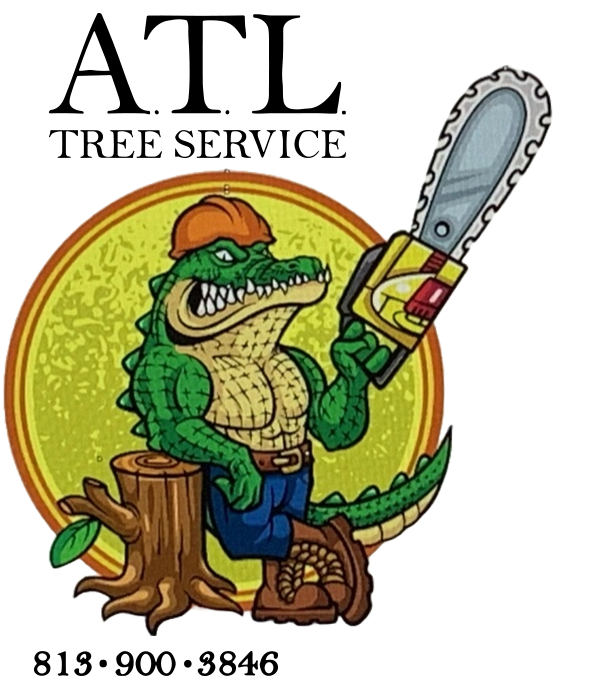Identifying Hazardous Trees: A Guide for Homeowners
Trees are majestic additions to our properties, providing shade, beauty, and even privacy. But even the most stunning tree can pose a serious threat if it becomes hazardous. Early detection is crucial to prevent potential damage to your home, injuries, and even fatalities. This guide empowers homeowners with the knowledge to identify hazardous trees and take appropriate action.
Understanding Tree Hazards
A hazardous tree is any tree with a structural defect, disease, or other condition that increases the likelihood of branch or trunk failure. This failure can occur during storms, high winds, or even under normal conditions. The consequences can be severe, causing damage to:
Homes and Buildings:
Falling trees can cause significant structural damage to houses, garages, sheds, and other structures.
Power Lines:
Contact with power lines can lead to power outages and electrical fires.
Vehicles:
Parked cars can be crushed or damaged by falling branches or entire trees.
People and Pets:
In the worst-case scenario, falling trees can cause serious injuries or fatalities.
Signs of a Hazardous Tree
Here are some of the most common signs that a tree may be hazardous:
Leaning:
A significant lean, especially towards your home or other structures, indicates potential instability.
Cracks in the Trunk or Branches:
Deep cracks, especially those that run vertically or extend into the wood, suggest structural weakness.
Dead or Decaying Branches:
Large, dead branches are more susceptible to breaking and falling.
Fungal Growth:
The presence of mushrooms, conks, or other fungal bodies on the trunk or branches can be a sign of decay.
Excessive Deadwood:
A large amount of dead branches within the tree’s canopy indicates potential decline and instability.
Root Damage:
Exposed roots, root rot, or significant soil erosion around the base of the tree can compromise its stability.
Changes in Foliage:
Sudden changes in leaf color, size, or density can be a sign of disease or insect infestation, weakening the tree.
What to Do if You Suspect a Hazardous Tree
If you notice any of these signs on a tree on your property, it’s crucial to take action:
Visual Inspection:
Conduct a thorough visual inspection of the tree from the ground. Look for the signs mentioned above and note any other abnormalities.
Contact a Certified Arborist:
An arborist is a tree care professional with the training and expertise to assess the health and stability of trees. They can perform a more detailed inspection and provide a professional opinion on the tree’s risk.
Don’t Attempt DIY Removal:
Unless you have extensive training and experience, attempting to remove a hazardous tree yourself is extremely dangerous. Hire a qualified and insured tree removal service to ensure the job is done safely and efficiently.
Additional Tips for Maintaining Healthy Trees
While some hazards are unavoidable, proper tree care can significantly reduce the risk of a tree becoming dangerous. Here are some tips:
Regular Tree Trimming:
Regular professional tree trimming removes dead, diseased, and weak branches, improving the tree’s structure and reducing the weight of hazardous limbs.
Proper Planting:
When planting a new tree, choose the right species for your location and soil conditions. Ensure proper planting depth and spacing to allow for healthy root development.
Watering and Fertilization:
Provide your trees with adequate water, especially during periods of drought. Regular fertilization can also help maintain tree health and vigor.
Monitor Your Trees:
Regularly inspect your trees for any signs of decline or potential hazards.
Conclusion
By following these tips and being proactive about tree care, you can significantly reduce the risk of a hazardous tree on your property. Remember, early detection is key. If you suspect a tree may be hazardous, don’t hesitate to contact a certified arborist for a professional assessment. A healthy and well-maintained tree can be a beautiful asset to your property for years to come.
